The challenges faced by product design and manufacturing firms are increasing all the time. Products have never been more complex, aesthetics more important, and timescale pressures more intense. Key disciplines need to work in parallel, much earlier on in the development process. Engineering must optimize internal details and manufacturing must think about production, while product design is still exploring form, function and finish.
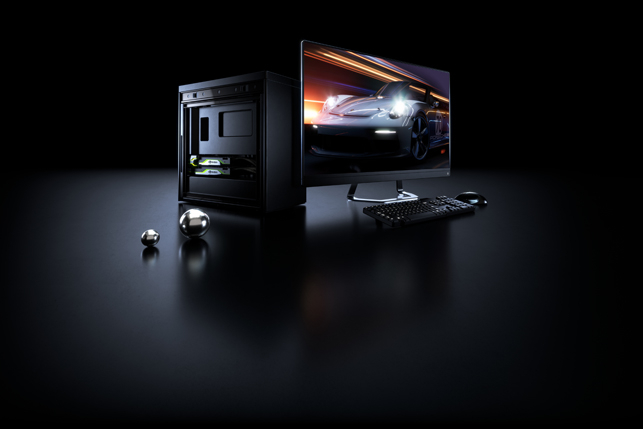
Meeting these challenges is impossible without software that enables advanced product design workflows. 3D CAD tools like SOLIDWORKS deliver a strong foundation for multidisciplinary design. Moreover, physically based rendering tools like SOLIDWORKS Visualize or V-Ray NEXT GPU produce stunning photorealistic stills and animations to help teams better understand designs, identify errors earlier on and improve communication at all stages of product development.
Advanced simulation can help optimize products way in advance of production. New generation tools like ANSYS Discovery Live put these capabilities into the hands of designers to allow greater experimentation much earlier on.
Virtual Reality (VR), now available in SOLIDWORKS eDrawings 2019 and many other professional applications, also allows firms to experiment with and validate designs long before costly physical prototypes need to be made.
To get the most benefits from these advanced software technologies, product development teams need to ensure they have powerful workstation hardware in place. In years gone by, the emphasis was on the workstation’s Central Processing Unit (CPU), but now with NVIDIA Quadro RTX technology, the GPU has a much more important role to play, way beyond simply accelerating 3D graphics in the viewport.
NVIDIA Quadro RTX powered workstations give designers and engineers the capability to perform all the workflows needed for advanced product design.
This includes fast, fully interactive 3D graphics on the desktop and in VR and the ability to accelerate physically based rendering and real-time engineering simulation software now and well into the future.
GPU-accelerated Physically Based Rendering (PBR)
Physically based rendering can be used at all stages of product development to explore new ideas, validate designs or simply to communicate more effectively.
GPU-accelerated PBR is nothing new, but the technology behind it is changing dramatically. Applications like SOLIDWORKS Visualize that are powered by NVIDIA Iray can now take advantage of new Artificial Intelligence (AI)-denoising technology to significantly reduce the time it takes to produce rendering output.
AI denoising works by rendering a scene with minimal light ray bounces, then using deep learning to predict what the final image would have looked like if it had been left to render with thousands of bounces.
This massively accelerated rendering technique isn’t just happening on a software level. Support for NVIDIA’s advanced PBR technology is also built into NVIDIA Quadro RTX GPU hardware. All Quadro RTX GPUs feature RT Cores designed specifically to accelerate ray tracing operations, as well as Tensor Cores for deep learning and CUDA Cores for graphics and other parallel processing tasks.
The impact on product development workflows can be dramatic. Instead of taking hours to produce rendering output, design teams can now instantly review accurate, predictable, photoreal models with cinema quality on ultra-high-resolution displays. It means more iterations can be explored in a much shorter timescale.
Quadro RTX GPUs are rated by RTX-OPS, a new metric that takes into account general processing power as well as the GPU’s ray tracing and deep learning capabilities. The higher the number, the faster the render.
Multiple GPUs can also be used in a single workstation to cut render times further. Depending on the complexity of the scene, rendering can even become instant, delivering true real-time ray tracing.
GPU rendering is also heavily dependent on GPU memory. More memory is needed for huge models and complex materials. The Quadro RTX family starts at 8GB and goes up to a colossal 48GB. For even more demanding design visualization workflows NVLink can double the amount of memory when two RTX 5000 or higher GPUs are used in the same workstation.

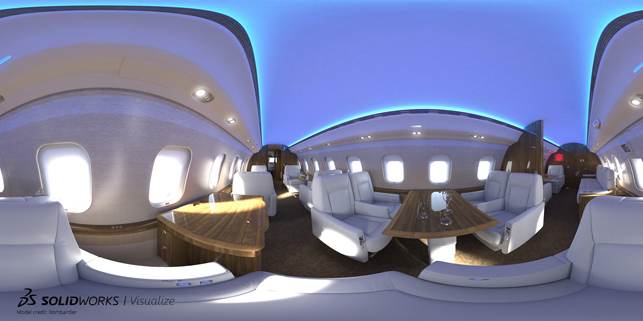
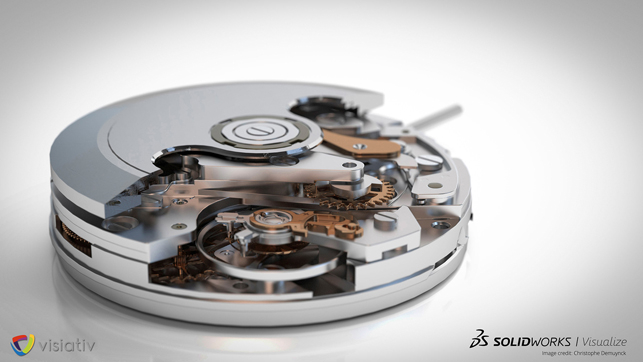
Virtual Reality (VR)
VR is already having a huge impact on product development. With a Head Mounted Display (HMD) like the HTC Vive or Oculus Rift, designers and engineers experience a sense of scale and physical connection to a product that simply cannot be matched by a traditional display.
Designers need the highest level of graphics performance to experience the benefits of immersive VR for product design. The Quadro RTX workstation is designed to deliver these levels of performance now and into the future.
Performance is highly scalable. Multiple Quadro RTX GPUs can be used to power the most demanding immersive VR experiences. Quadro RTX cards also include VirtualLink, a new standard port that will simplify connectivity to future VR headsets.
GPU-accelerated real-time engineering simulation
ANSYS Discovery Live opens the door for all designers and engineers to use engineering simulation much earlier on in the design process. When powered by an NVIDIA Quadro RTX workstation it gives near instantaneous results. Many different ideas can be evaluated in a short space of time. The impact of a design change can be assessed instantly, helping designers and engineers make truly informed decisions.
AI/Deep Learning enabled generative design software
Generative Design has the potential to revolutionize how products are developed, making them stronger, lighter and more efficient than ever before.
From a basic set of engineering requirements, AI-powered generative design can be used to explore thousands of different options and present a range of pre-validated solutions. The designer or engineer can then choose which ones to explore in more detail.
Software developers are only starting to scratch the surface of what’s possible with AI-powered generative design, but the NVIDIA Quadro RTX workstation is perfectly poised to deliver on future developments. Thanks to its Tensor cores, specifically designed for AI, Quadro RTX delivers outstanding inferencing performance, combined with enterprise-class stability and reliability.
Accelerating next gen 3D CAD
Quadro RTX can also have a big impact on 3D performance in product development software. SOLIDWORKS 2019, for example, features a new beta graphics engine that moves more of the graphics calculations to the GPU, resulting in much better performance for dynamic pan, zoom, or rotate operations. It means SOLIDWORKS can take advantage of more powerful GPUs like the Quadro RTX 4000. The designer or engineer can expect a silky-smooth 3D viewport, even when viewing giant assemblies at the highest visual quality with RealView and Ambient Occlusion enabled.
To conclude, the Quadro RTX GPU is so much more than simply a workstation-class processor for graphics tasks. With a Quadro RTX workstation, designers and engineers have the capability to perform all the workflows needed for advanced product design, now and well into the future.
To learn more about workstations powered by Quadro RTX click here
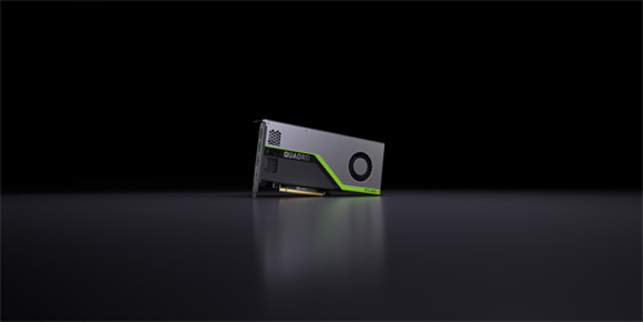
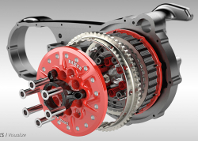
Future-proof your Investment with advanced product design
[sponsored content]
Default






